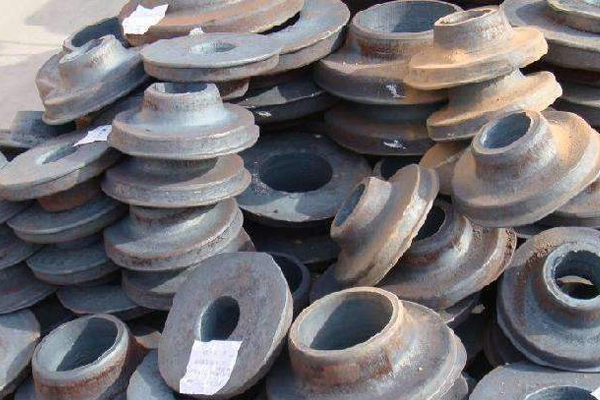Flange rough processing technology develops rapidly. Flange blank has many physical and chemical properties such as strong oxidation, low melting point, fast thermal conductivity, large linear expansion coefficient and large latent heat of melting. Therefore, there are often some problems when choosing welding.
During welding, a large amount of heat can be quickly transferred to the interior of the base metal. Thus, when welding aluminum and aluminum alloys, energy is dissipated not only in the molten metal pool, but also in other parts of the metal. This useless energy consumption is even more significant than steel. In order to obtain high quality welding joints, energy concentration and high power should be used as far as possible, and sometimes preheating and other technical measures can also be used.
Before welding, the flange blank shall be strictly cleaned by chemical or mechanical means to remove the oxide film on its surface. In GTAW, the oxide film is removed by "cathode cleaning" with an AC power supply. For gas welding, a flux that removes the oxide film should be used. When welding thick plates, the welding heat can be increased, or large-scale MIG welding can be used. In the case of dc connection, there is no need to clean the cathode.
It is easy to produce shrinkage cavity, shrinkage porosity, thermal crack and high internal stress during solidification of molten pool. Measures can be taken to adjust the welding wire composition and welding process to prevent the occurrence of hot cracks in the production of flange blank. In addition to flange blank, flange blank welding wire can be used to weld flange blank under the condition of corrosion resistance.
During the solidification and rapid cooling of the molten pool, hydrogen overflows too late and hydrogen holes are easily formed. The moisture in the arc atmosphere, the welding material of the flange blank and the moisture adsorbed by the oxide film on the base metal surface are the important sources of hydrogen in the welding of the flange blank. Therefore, the source of hydrogen should be strictly controlled to prevent the formation of pores.

Production process of forged flange blank:
Flange blank forging process generally consists of the following procedures, that is, select a good billet for blanking, heating, forming and cooling after forging. Forging techniques include free forging, die forging and die forging. In the production process, different forging methods should be selected according to the quality of the forgings and the number of production batches.
Free forging has low productivity and large processing allowance, but its tools are simple and versatile, so it is widely used for forging simple single and small batch forgings. Free forging equipment includes air hammer, steam air hammer and hydraulic press, which are suitable for the production of small, medium and large forgings respectively. Die forging high productivity, simple operation, easy to realize mechanization and automation. Die forging has high dimensional accuracy, small machining allowance and more reasonable fiber structure distribution, which can further improve the service life of parts.
The above is about flange blank some knowledge points, I hope you can understand the relevant information, so as to choose the right equipment.
Post time: Jan-12-2022
